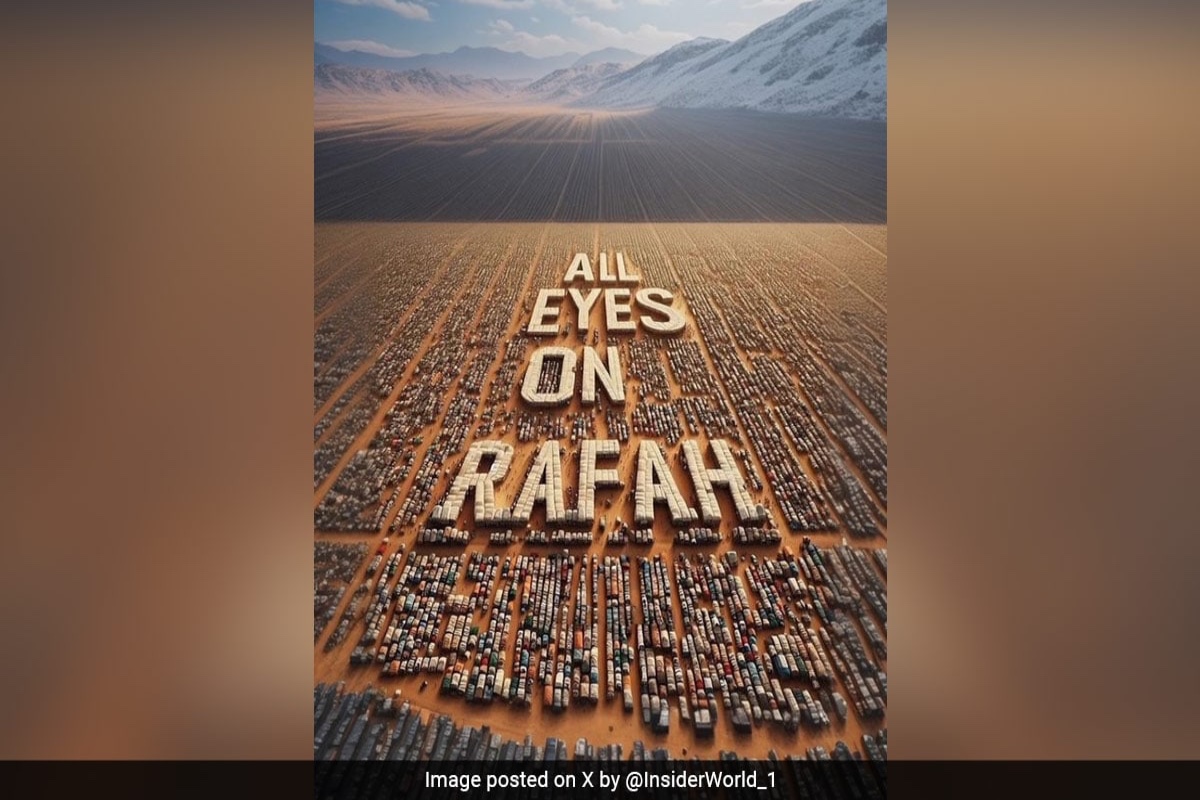Kashmir’s Battle–Part II
By Geoffrey Cook, MMNS
Porterville (Calif.)–Three weeks ago on these pages I began a serial article on the Kashmir’s predicament focusing upon a panel presented in Berkeley early last month. The author continues the essay in which he had planned today to approach the speaker, Darren Zook; most of this account comes from my research and my own knowledge of the subject.
The second segment has come forth from the comments of Professor Zook, who teaches Political Science and International and Area Studies at Berkeley. His interests concentrate especially on human rights, comparative Asian politics, international law, and weapons proliferation. On the evening of the Panel he expounded upon his perceptions of the history of the Kashmiri crisis – much of which your writer found debatable.
After the horrors of the Partition of 1947, the two new two countries – India and Pakistan — emerged from the old British Indian State. Following closely after Independence, the First Indo-Pakistani War (October 21st 1947- December 31st 1948) broke out over Kashmir. Upon leaving, London gave the rulers of the princely States, which externally were nominally part of British India but internally independent, had the choice to accede to either India or Pakistan, or to remain independent.
The “problem†with Kashmir was that the ruling dynasty was Hindu while the majority of the kingdom was Muslim. The ruler, Maharaja Hari Singh, decided that his state, the largest of the princely realms, should remain independent, but at that moment the Muslim soldiers in his Army revolted, and simultaneously Pashtun tribesmen descended into the Vale (the Central Valley of what is now Indian Kashmir) to liberate the Muslims.
Singh felt that his domain could not withstand this revolt and invasion of irregulars; so, he requested the help from the newly formed Indian Army. Lord Mountbattan, the last English Viceroy of the undivided Colonial State, although he was not the head of the Colony anymore, he remained as Governor-General representing Great Britain in its former possession, agreed to Singh’s request if the Maharaja assented to accession. At this point, the Pakistanis entered the fray. The recently established United Nations (U.N.) was able to negotiate a truce in 1948 with the understanding that there would be a Plebiscite amongst the Kashmiris themselves to determine their own fate. This poll has never happened which puts into doubt the legitimacy of New Delhi’s occupation of Srinagar. The ceasefire terms, also, established a Line of Control (LoC), an ad hoc boundary within Kashmir itself which divides the two South Asian States in this contested region. Pakistan was able to hold a third of the princely State, and today this makes up Islamabad’s territory of Azad (free) Kashmir.
Several other – in fact all the Indo-Pakistani Wars – involved Kashmir in one way or the other, and has encouraged sub-national entities, whom Rawalpindi does not have absolute control–despite Indian propaganda to the contrary–to enter the struggle as autonomous entities for an Islamic Kashmir. Also, China was able to annex a large scarcely populated percentage of the (former) princely State from India during the Sino-Indian War of 1962. The People’s Republic claims the high plateau as a part of their “Autonomous†Region of Tibet which they have occupied, too, for several decades. We must keep in mind that all three nations are nuclear powers, and an exchange in that section of the world would costs hundreds of millions of lives immediately followed by the slow horrid aftermath that was seen in Japan at the end of World War II.
From the mid-Nineteenth Century there has been an economic decline in the greater expanse, and the intractability of the recent conflict does not encourage a long-term fiscal revival for the larger zone. The clashes seem unsolvable, and the tourism that the Vale’s economy depended will not revive soon because of them.
In 1989, a popular rebellion broke out amongst Kashmir’s citizens themselves as foreign irregulars from the Mountains came down, too, to combat an alien (to them) Hindu State. There has been division between the indigenous Sufic population and the more “fundamentalist†Salafi guerrillas. The Kashmiris have a unique culture that is quite different from Middle Eastern Islam, and many of those who entered the Kashmir to fight were left-over mercenaries from the Russo-Afghani War. Kashmir has suffered from the excesses of the Indian armed forces, but also has to contend with Middle Eastern Muslims who are forcing their co-religionists to conform to an Islam that is at odds with their area.
Zook reported that the Kashmiris themselves were leaning toward independence which your author’s research shows, too. With the civil unrest, the Indian Army and the border militias have responded with gross human rights violations. Your reporter will discuss this in greater detail in the ultimate section of this commentary.
Unfortunately, your author was not able to question the third member of the panel, Huma Dar — who is from Kashmir — because of time. She planned to speak on human rights in terms of gender which might be less than fruitful, but yours truly wished to have the time to be convinced or not. She is right to state that freedom of speech is being suppressed on the peripheries of the Indian “Empire†by its administration in their occupation of the Indian State of Jammu and Kashmir.
In the last contemplated section of this serialized article, your correspondent shall go deeply into the human rights violations within Srinagar’s hinterlands.
12-50











2010
884 views
views
0
comments